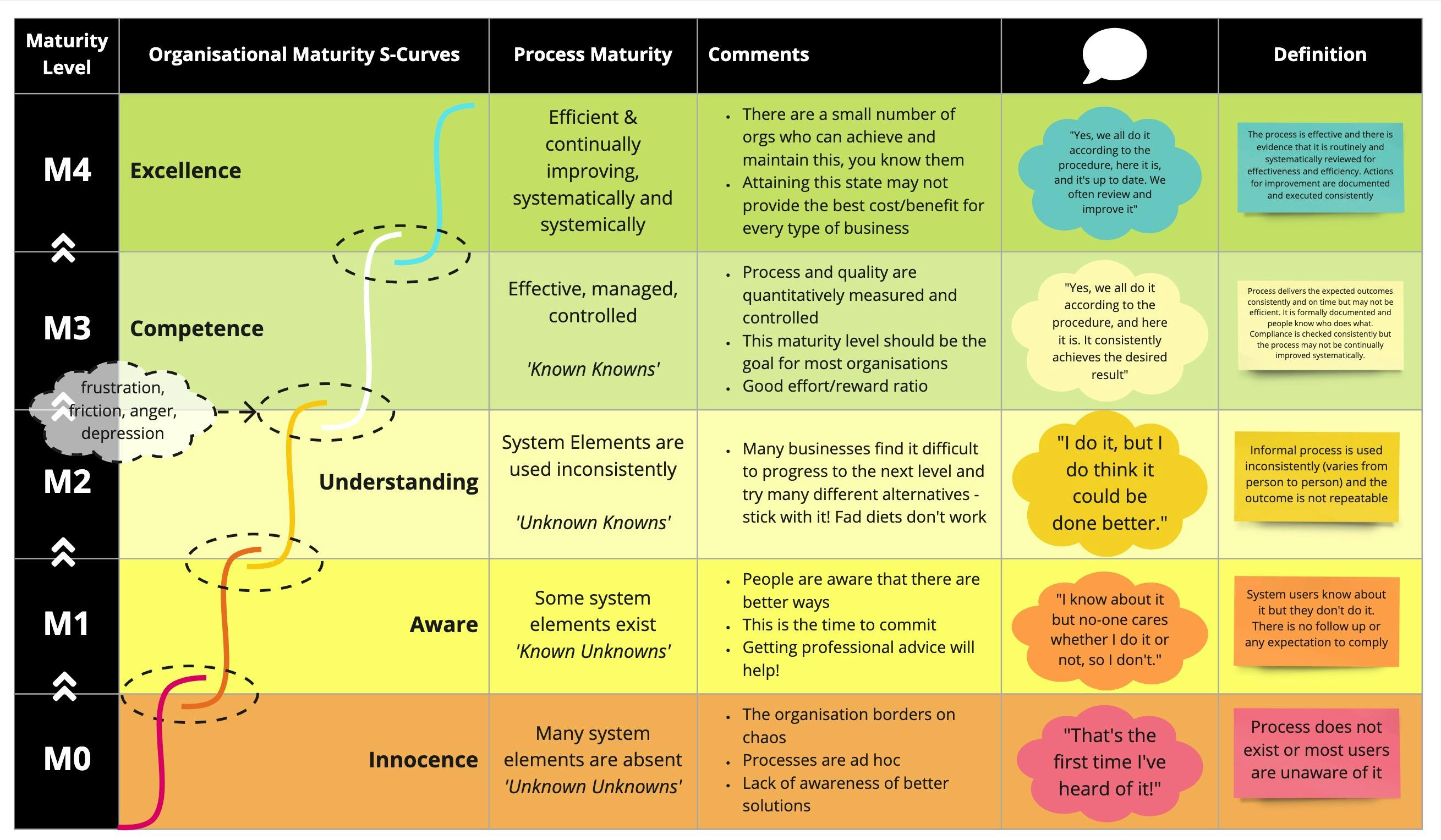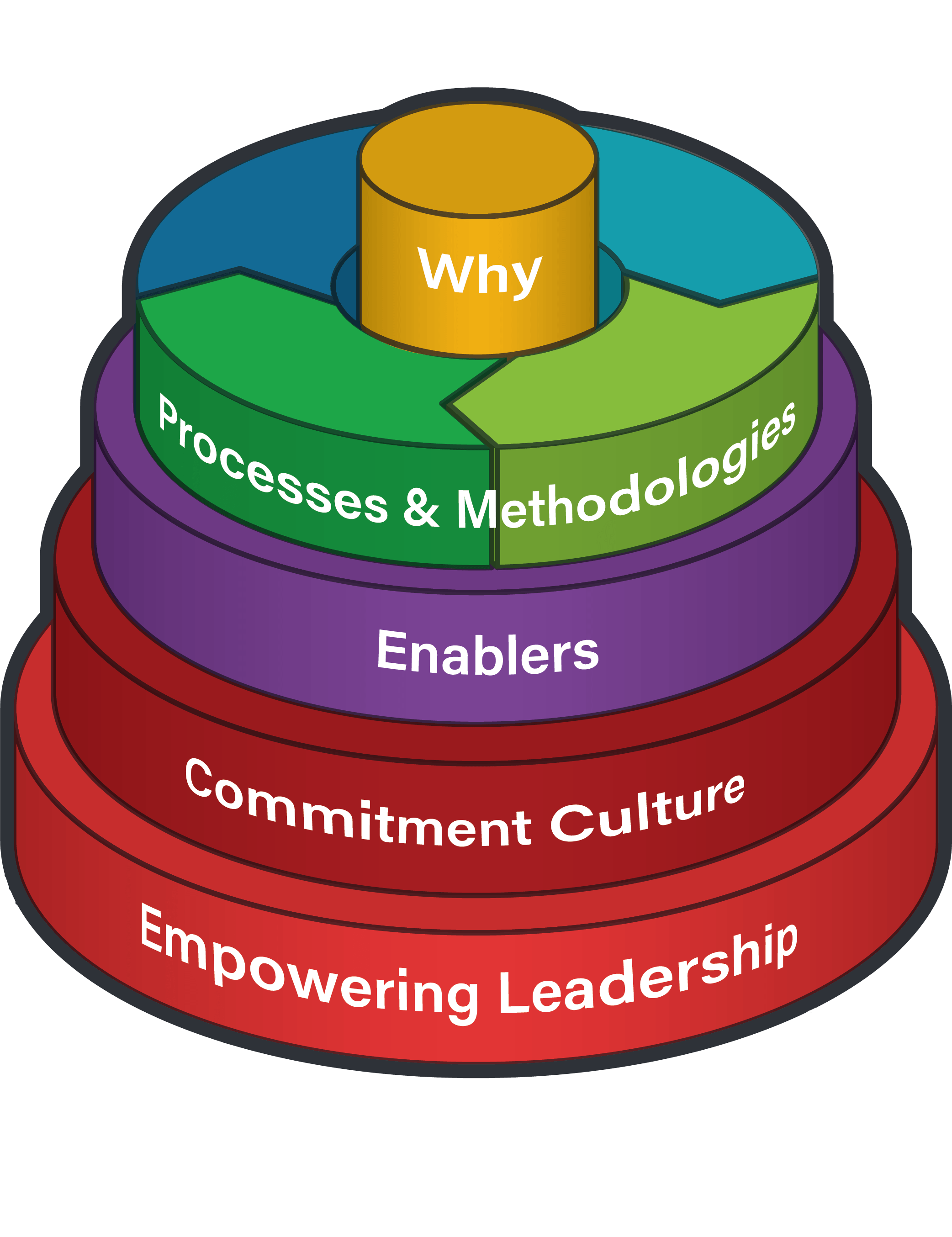Skip to content
Site Performance Assessment
Fast, Free, Anonymous
Rating Scale
00
01
The overall level of trust within the company is very high.
0
1
2
3
4
2
Everyone in the organisation has a clear role, and they perform at their level; supervisors are supervising and not doing operators’ work; department heads act as such, not doing their superintendents’ tasks.
0
1
2
3
4
3
We never ’shoot the messenger’. People are not punished or blamed for delivering bad news or sharing honest information. Instead, the focus is on addressing the issue or problem constructively.
0
1
2
3
4
4
Employees in this company take ownership of their actions and responsibilities.
0
1
2
3
4
5
The company has a good reputation among external stakeholders, including investors, community, and environmental bodies.
0
1
2
3
4
No results from filter
Clear All Scores
Prior page | Next page
Scroll down to instantly access your report
2024/05/07
Site Performance Report
Introduction
Your Results
Maturity scores
Score
Name
Your overall maturity score
Why
Empowering leadership
Commitment culture
Enablers
Processes and methodologies
Score
Name
Your overall maturity score
Why
Empowering leadership
Commitment culture
Enablers
Processes and methodologies
1
4
Excellence
2
3
Competentence
3
2
Understanding
4
1
Awareness
5
0
Innocence
0
0
0
0
0
0
There are no rows in this table
Raw scores
Element
Your score
Out of a possible
Score (%)
Your maturity
Target maturity
Element
Your score
Out of a possible
Score (%)
Your maturity
Target maturity
1
Why
0
12
0%
0
3
2
Empowering leadership
0
20
0%
0
3
3
Commitment culture
0
24
0%
0
3
4
Enablers
0
12
0%
0
3
5
Processes and methodologies
0
32
0%
0
3
There are no rows in this table
Visualising your organisational maturity
Understanding your maturity scores

(click to enlarge)
Organisational effectiveness and why it matters

Our Effective Organisation Model
Why does it matter?

Organisational Maturity Levels
Benefits
What does excellence look like?
Your Score
Effective Organisation Element
What does excellence look like?
Your Score
Effective Organisation Element
What does excellence look like?
1
Commitment culture
Trust
When assigning work, leaders understand the difference between delegating and abdicating. They take into account the assignee’s level of competence (experience, skills, knowledge) and tools at their disposal, as well as how well they’ve done in the past with similar assignments (performance, reputation, credibility).
Furthermore, they consider the person’s character, in other words their intent (openness, transparency) and integrity (honesty, authenticity)
Most people prioritise the company mission over their own or departmental interest, and related KPIs are aligned.
2
Commitment culture
Levels of Work
There is role clarity and most people perform at the level in the organisation that they are meant to (e.g. supervisors supervise, not doing the work of operators, department heads act as the department level, not like superintendents, etc.)
3
Commitment culture
Psychological Safety
There is a tangible ‘team spirit’, people feel safe enough to speak up and share the truth with their peers or their boss, even bad news; we don’t ’shoot the messenger’
4
Commitment culture
Accountability
The obligation and willingness of individuals to take responsibility for their actions, decisions, and their consequences. It involves acknowledging one's duties, meeting commitments, and being answerable for the outcomes of one's choices and behaviours.
It encompasses several key aspects, including:
In organisations, accountability is crucial for fostering trust, promoting ethical behaviour, and achieving desired outcomes.
It helps create a culture where individuals take ownership, meet their commitments, and can be relied upon to deliver results.
Accountability plays a vital role in personal and professional growth, as well as the overall success and effectiveness of teams and organisations.
5
Why
People interact with the company because they feel alignment of beliefs, vision and values
6
Why
People join the team because they feel alignment of beliefs, vision and values
7
Why
There is a clear and powerful ‘Why’ (beyond financial values) motivating all stakeholders, both internally and externally, it’s continually communicated by leadership in a variety of methods, and it’s clearly understood by all
8
Enablers
Task Assignment, Collaboration, Notifications and Reminders
9
Processes and methodologies
Monthly Departmental Priority Action Review
On a regular (e.g. monthly) basis, the departmental priority actions are updated with status and reviewed between the site GM and the department; they may be re-prioritised in light of external influences
10
Processes and methodologies
Leadership Commitment
Leadership has committed to a Project Management Framework (PMF) and issued a directive or a policy explaining where it fits and when to use it.
The company has provided adequate resources to ensure success.
11
Processes and methodologies
Production Plans for all time horizons (LOM → SIC)
12
Processes and methodologies
Reviews
The objective of the Daily/Weekly/Monthly review is to hunt for variances and events, so we can improve our systems and processes.
13
Processes and methodologies
Issues & Action Management
The objective of Issues & Action Management is to have a formal process to continually improve performance and our systems and processes.
14
Commitment culture
Employee Attraction
The company is continually increasing its attractiveness to existing and prospective employees by systematically improving the employee experience by striving to become an ‘Employer of choice’, using
15
Commitment culture
Strategy
Employee Lifecycle management is based on a holistic HR Strategy, which is informed by, and designed to, deliver the corporate strategy.
The desired organisational culture has been informed by - and designed to - deliver the company strategy.
16
Processes and methodologies
People and Training
Theory of Constraints (TOC) training has been provided to all personnel involved in the Value Chain, there is a universal language and understanding of the concepts and the five focusing steps.
17
Processes and methodologies
Leadership, Sponsorship and Commitment
Effective leadership, sponsorship and commitment is crucial in driving and supporting organisational change
Leaders should inspire and motivate employees, communicate the change effectively, and provide guidance throughout the process.
Sufficient resources, both financial and human, must be allocated to support the change initiative. This includes providing training, mentoring, and other forms of support to help employees adapt to new ways of working.
18
Enablers
Data Owners
Key data has clear ownership assigned, which is reflected in procedures, job descriptions and/or other relevant documentation
19
Enablers
Data Integrity
20
Processes and methodologies
Leadership Commitment
21
Empowering leadership
Cohesive Leadership Team
One Team, One Voice
Leaders act as a cohesive team rather than individuals and communicate the same messages throughout the ranks
22
Empowering leadership
Trust
Leaders are authentic, have integrity, are transparent in their intent and are trusted.
23
Empowering leadership
Enthusiasm & Role Modelling
Leaders are sincerely enthusiastic and model required behaviours in line with company values
24
Empowering leadership
Expectations
Leaders communicate their expectations clearly and actively ensure they are understood
25
Empowering leadership
Delegation
When key leaders/decision makers are off-site/unavailable, sufficient authority is passed on to their delegates/2ICs to ensure there is no disruption to continuity to the business
There are no rows in this table
Where to start
Want to print your doc?
This is not the way.
This is not the way.

Try clicking the ⋯ next to your doc name or using a keyboard shortcut (
CtrlP
) instead.